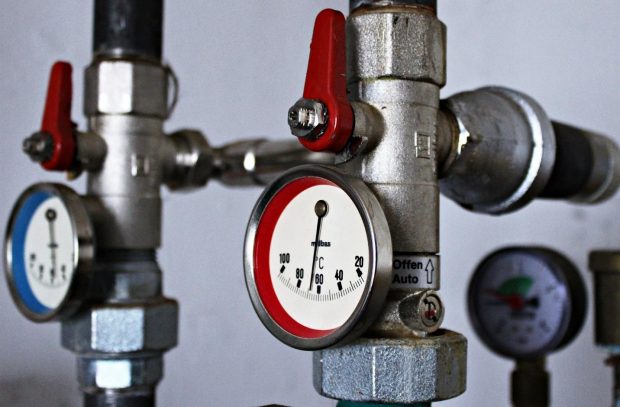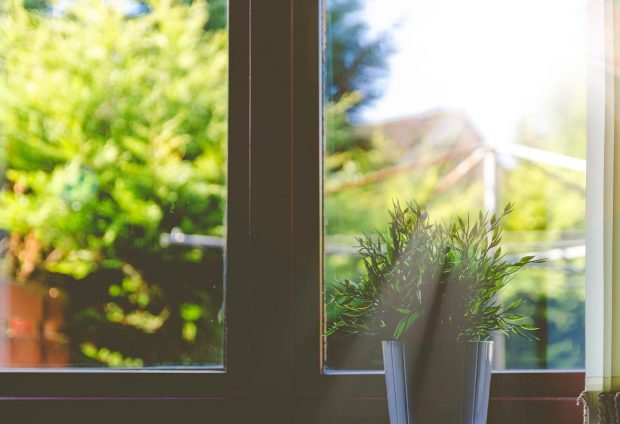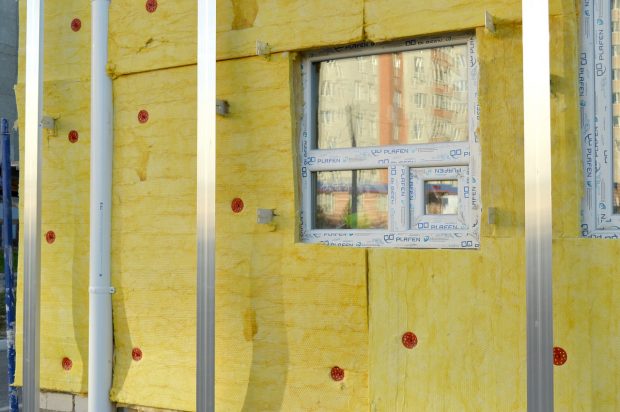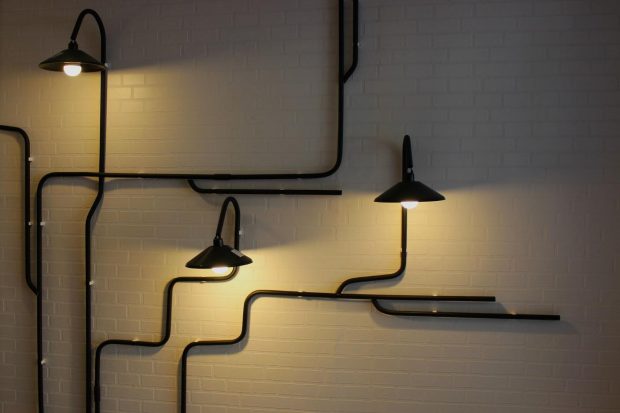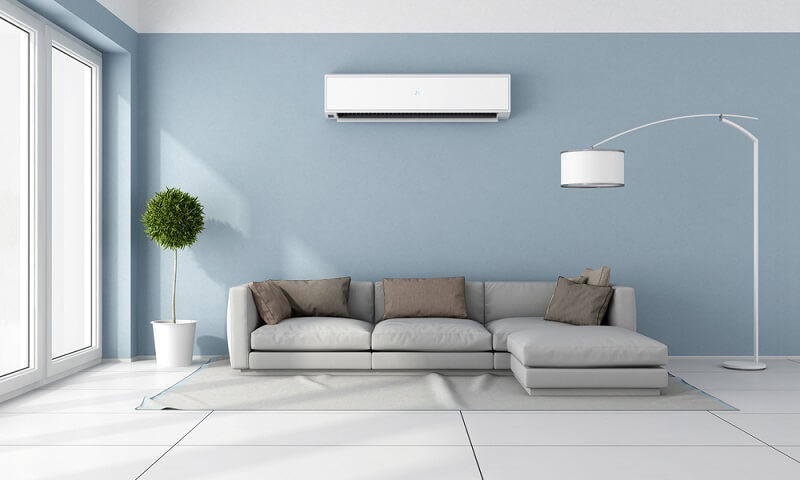With utility prices always on the up, many homeowners are looking for ways to increase their home’s energy efficiency and decrease their monthly expenditures. There are many different options for lowering utility bills and it can all become a bit overwhelming. We called in the home experts over at Siding in Vancouver to narrow down the field for us, and they gave us six major steps to increasing a home’s energy efficiency.
1.Figure Out Where You Stand
One of the first steps to making your home more energy efficient is to find out how exactly your home is sucking up extra energy. You can go through the list of options yourself, or you can hire an energy professional to audit your home. There are lots of companies that conduct these sorts of home investigations all over the country, and there is sure to be one near you. Even if you decide to go the DIY route, you are sure to come out ahead. Having a better concept of where your home stands on the energy efficiency spectrum will allow you to craft a plan for home improvement.
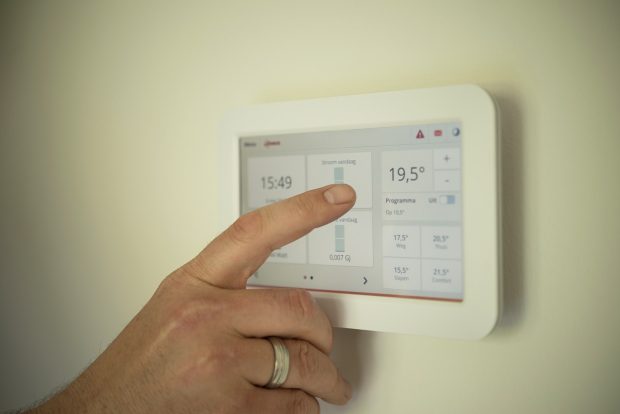
2. Stop the Leaks
Small, tiny cracks can be blamed for much of the energy efficiency that is lost every day in homes all across the world. Take care of your doors and windows first. These are often the major culprits and also some of the easiest fixes. With a tube of caulk, you can fix it right up. Make sure you paint over top of the caulk to keep your aesthetic value. You’ll also want to take a look at your heating and air conditioning ducts and make sure that they are fully sealed. Experts estimate that about one fifth of that expensive, carefully temperature-controlled air is lost to small, perfectly fixable leaks.
3. Get a Better Thermostat
It may seem like an unnecessary extra, but a fancy thermostat really can pay for itself in a short period of time. With smart thermostats, many homeowners are able to reduce their energy consumption by about 12%. If you live in a particularly warm or cold climate, this can be extremely helpful. If you aren’t able to spring for a smart thermostat that learns your patterns, try finding an older programmable thermostat. These will allow you to set different temperatures for different times of the day so that the heating or air conditioning will adjust itself at preset times. You won’t forget to turn the heat off ever again.
4. Replace Your Windows
A great deal of energy is sacrificed in order for you to have that beautiful view. It’s certainly worth it, but it doesn’t have to cost quite so much. If you have an older home, it is very likely that you have single pane windows. This old window technology is no longer up to snuff and lets a great deal of heat and air through its relatively porous surface. Many windows, both old and new, are prone to leaks around their edges as well. You will want to check these seams even if you do not choose to replace the window panes themselves. Another option to consider if you don’t want to replace your window panes is to install storm windows on the outside of your home, which act similarly to a second pane of glass.
5. Insulate Everything
Most homes in North America are rather drastically under-insulated. This lack of insulation leads to a great deal of energy loss throughout the year. One of the easiest places to add insulation is in your attic or roof, as there is often a ready-made hatch for accessing the area and few items to get in your way. You can purchase insulation at most hardware stores and use a staple gun to install it. Another fairly easy way to increase your home’s insulation is to opt for an insulated siding material, such as vinyl siding with a foam board back. It may seem intimidating to replace your entire exterior, but it is often one of the lower-hassle fixes as it allows you to go about your business as usual on the inside of your home.
6. Switch Out the Little Stuff
Once you’ve taken the big, more structural steps towards a more energy efficient home, you can take on the little stuff. Opt for energy efficient light bulbs and trade out your regular outlet for an energy efficient plug or power strip. Purchase a door sweep to keep air from escaping through the bottom crack of the entryway and invest in a timer for your lights so that you don’t leave them on unnecessarily. These won’t make a huge dent in your bills, but they are sure to help your overall efficiency. The details do matter after all.


